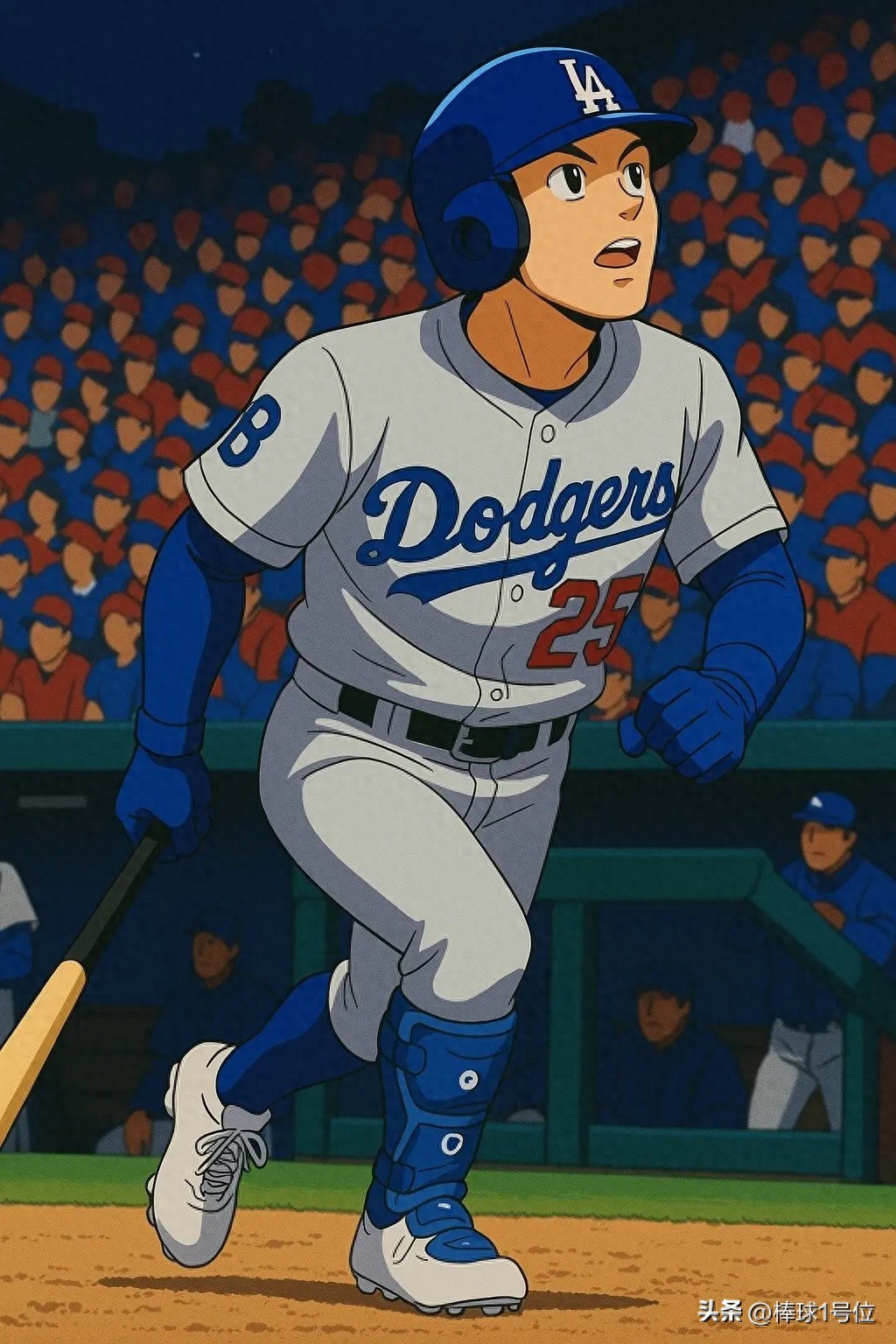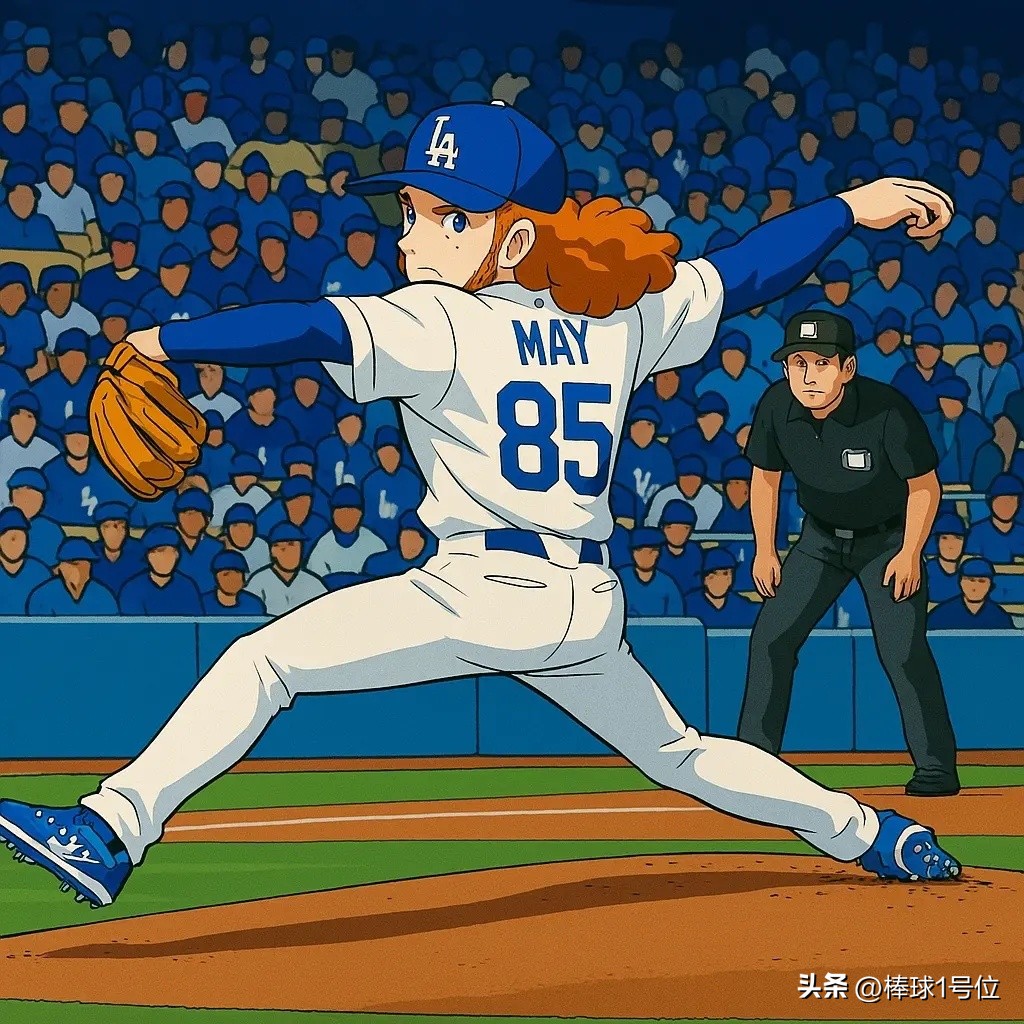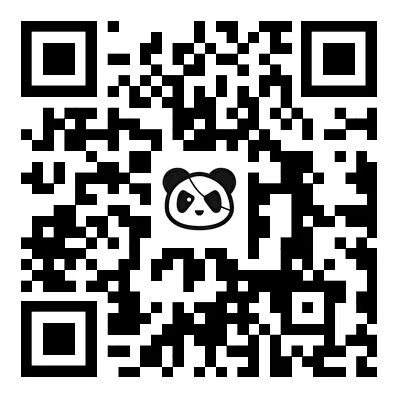What is the second touch of the ball and the No. 1 position of baseball?
In the baseball rules, "second touch" usually refers to a situation in which a defender knocks a baserunner out of the game by two touches under specific circumstances, which needs to be understood in conjunction with the specific rules:

Basic concepts
Tag: A defender touches a runner who doesn't touch a base with the ball and knocks him out.
Force Out: When a runner is forced to go to base, the defender touches the base first to complete the out.
Application scenarios for secondary touches
When a runner is blocked and non-blocked at the same time, the defender has the option to:
Block before touch: For example, if a runner on third base tries to score, the defender touches home plate first to block (for the runner in front), and then touches the runner who has not returned to third base.
Run Down: Multiple defenders pass the ball to a runner who hesitates between bases.

Rule points
The second touch must be a continuous defensive act, and each touch must be eligible for eligibility.
If the first touch has resulted in an outing, subsequent touches will be invalid (e.g. it is meaningless to touch the same runner again after the block has been established).
Example: Someone on first base hits the infield and rolls the ball, the defender steps on second base to block (knocking the runner out), and then passes the ball to first base to complete the double. At this time, although the second touch is blocked, it is a second touch application in a continuous defensive action.
Note: The referee will determine the validity of the game based on the order of the touches and the status of the runner.

In the baseball rules, a "double hit" is a violation when a batter touches a flying ball twice during a swing, as follows:
Rule Definition (MLB Rules)
Breach Determination: If a batter's bat touches the ball twice in the same swing (including consecutive touches of the ball from different parts of the bat), the referee shall immediately rule that the batsman is out and the game goes to a dead ball state.
Exception: If the ball touches the bat and then touches the batsman's hand or body, it is not considered a second stroke.
Typical scenario
Rub the rod back
When a batsman swings the bat, the ball grabs the end of the bat and then touches the head of the bat during the reeling process, resulting in two touches.
Swing the stick out of control
After the batsman swings the bat, the batter is deformed by the action (such as "throwing the bat"), and the bat touches the ball a second time in the subsequent swing.

Referee execution
Penalty Result: The batter is out, and the runner must return to the base pack (invalid if the base has been scored).
Key to the decision: The referee will observe whether the two touches are a continuous process of the same swing, rather than two separate swings (the latter is not a violation).
The difference with a "second touch".
Second Touch: The defender knocks out the runner with two touches or blocks (e.g. a double kill).
Second Stroke: Refers to the illegal stroke of the batsman, which has nothing to do with defense.
Example: After a batter hits an infield fly ball, the bat touches the ball again due to inertia, and the referee immediately shouts "second shot", and the batter is ruled out and the runner is not allowed to advance.










 Links
Links
 Contact
Contact
 App
App


